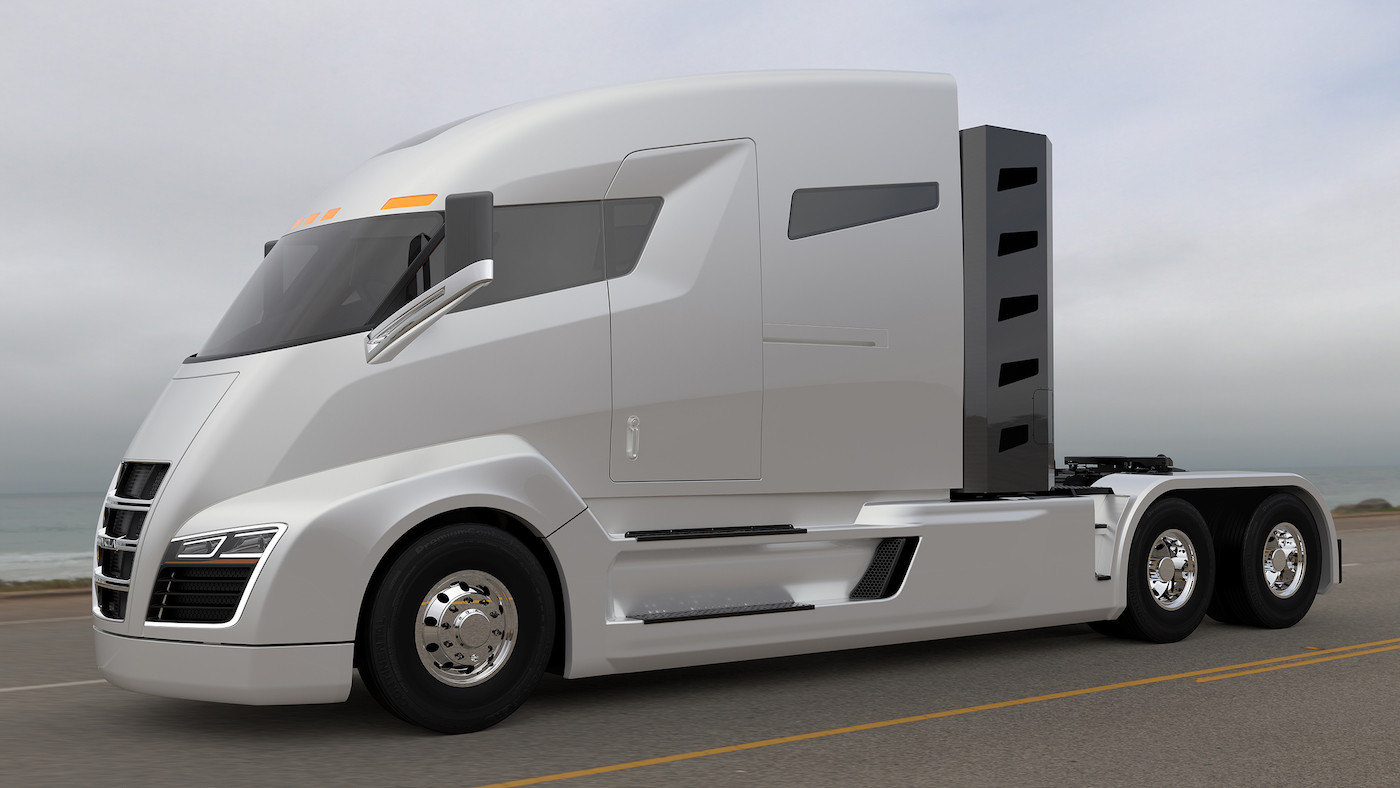You’ve likely heard of self-driving cars, especially with the growing interest in the last few years. Though there is still hesitation to fully integrate them into today’s society, it hasn’t stopped progress. Tesla recently announced its release of the electric Semi, which should be ready for market in 2019 and Canada is forging ahead.
Orders are already piling up says Tesla’s VP of Truck programs, Jerome Guillen including Walmart, J.B. Hunt, and the Canadian grocer, Loblaw who takes the lead with their order of 25 trucks. For Loblaw, the interest in the Tesla Semi was sparked because of the trucks’ low emissions. The company’s goal is to reduce their carbon footprint by 30 percent by 2030 and this is a step in the right direction.
In terms of savings, the Semis have the potential to save money for fleet operators for their claimed low maintenance costs and elimination of diesel. The Class 8 truck has a range of 500 kilometers at maximum weight on the highway. They can be recharged in 30 minutes to go an additional 640 kilometers. Compared to diesel trucks, the cost is about 20 percent more expensive per mile to operate.
Tesla has priced the 480-kilometers range version at $150,000 and $180,000 for the 800-mile range, while the typical diesel truck costs $120, 000. With the gas savings, companies can easily recoup the extra $30,000 in upfront costs of the 500-mile electric Semi within the first couple of years in use.
One concern that has come up is the risk of accidents. According to the president of the Ontario Trucking Association, Stephen Laskowski, “Autonomous vehicles are a wonderful research facility, they will not replace truck drivers. Truck drivers are here to stay. What autonomous vehicle technology is going to do becomes driver-assist technology, that is going to make our drivers safer.”
Paul Godsmark, chief technology officer at the Canadian Automated Vehicle Centre of Excellence, counters this by saying that these trucks will actually kill fewer people considering their sensors and abilities to see better in the snow, fog, and rain conditions. There is also the issue of unemployment. If the Semis were assimilated nationally, truck drivers would likely be eliminated which currently account for two percent of all Canadian jobs.
Ultimately, it comes down to the most inexpensive option if you’re in the trucking world, according to Josipa Petrunic, CEO of the Canadian Urban Transit Research & Innovation Consortium.
“Who is going to be the early adopter? It’s going to be a fleet that has the money and is led by a champion that wants to be out in front even if the return on investment is not obvious,” Petrunic said.


